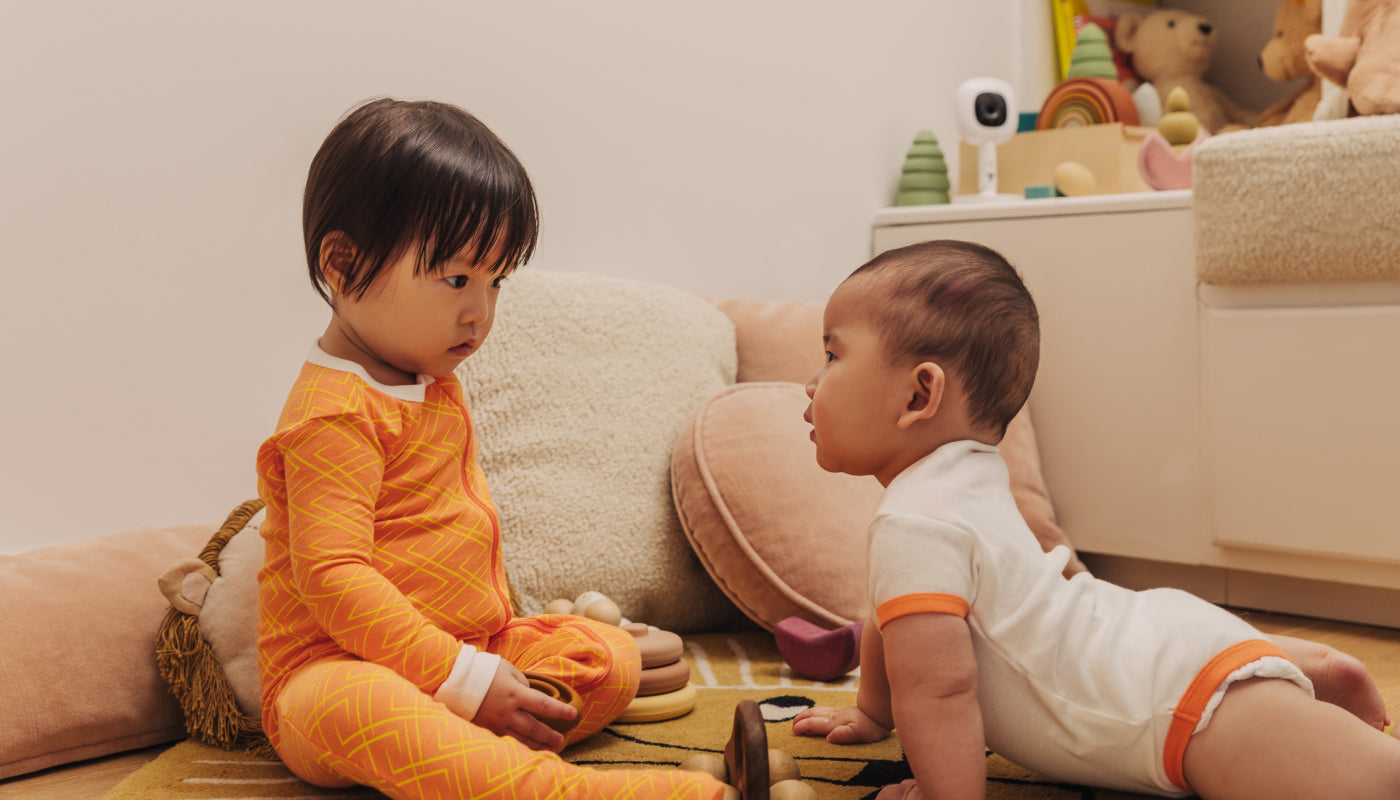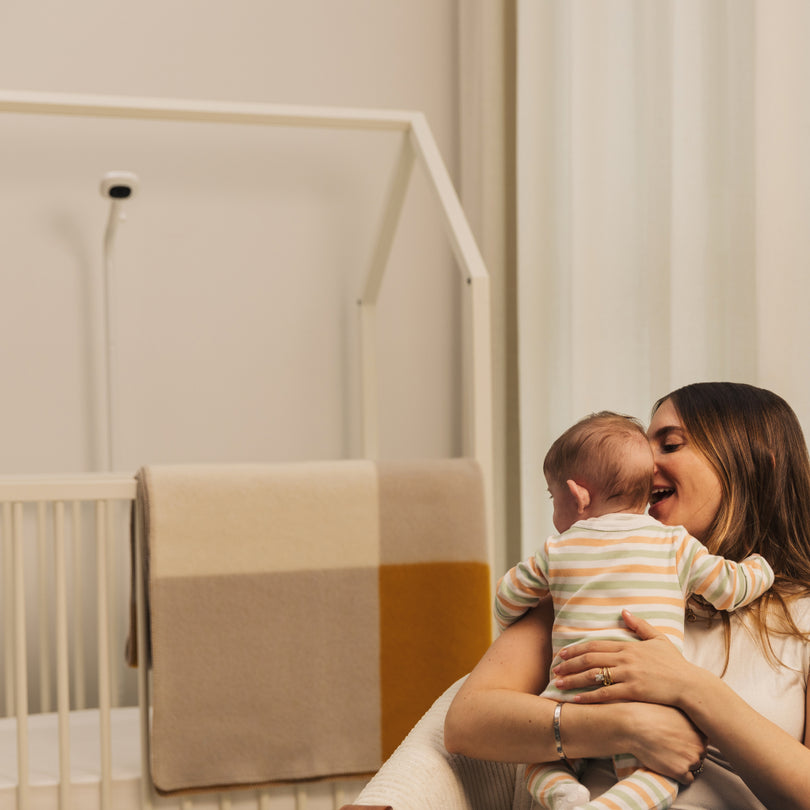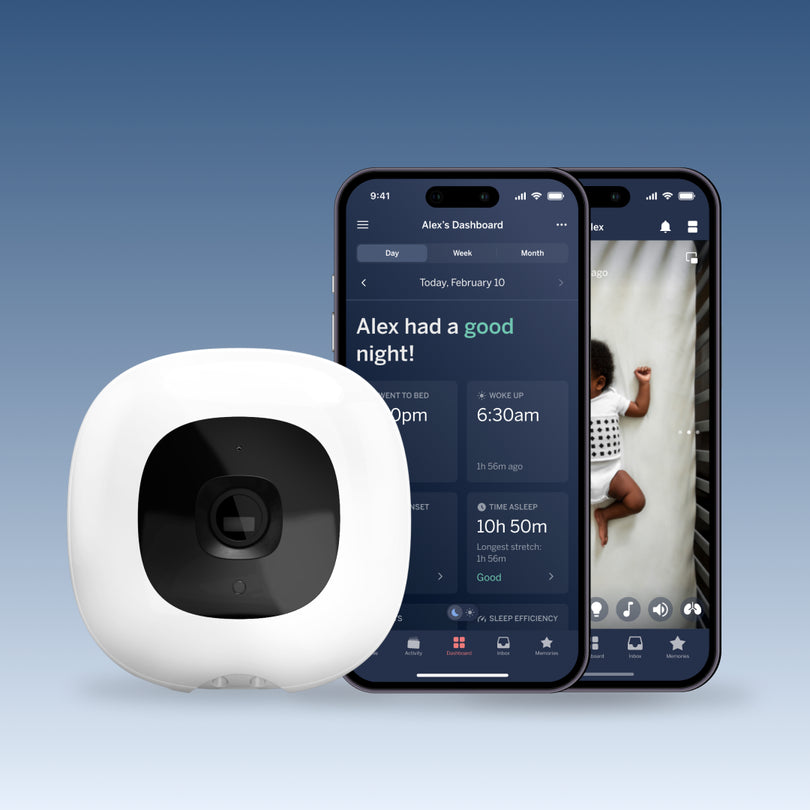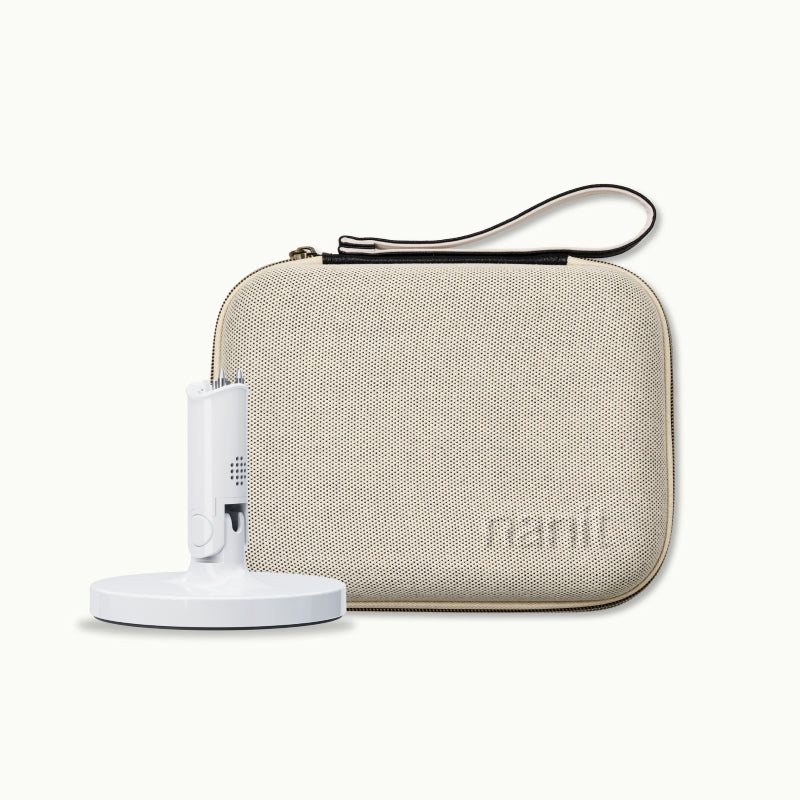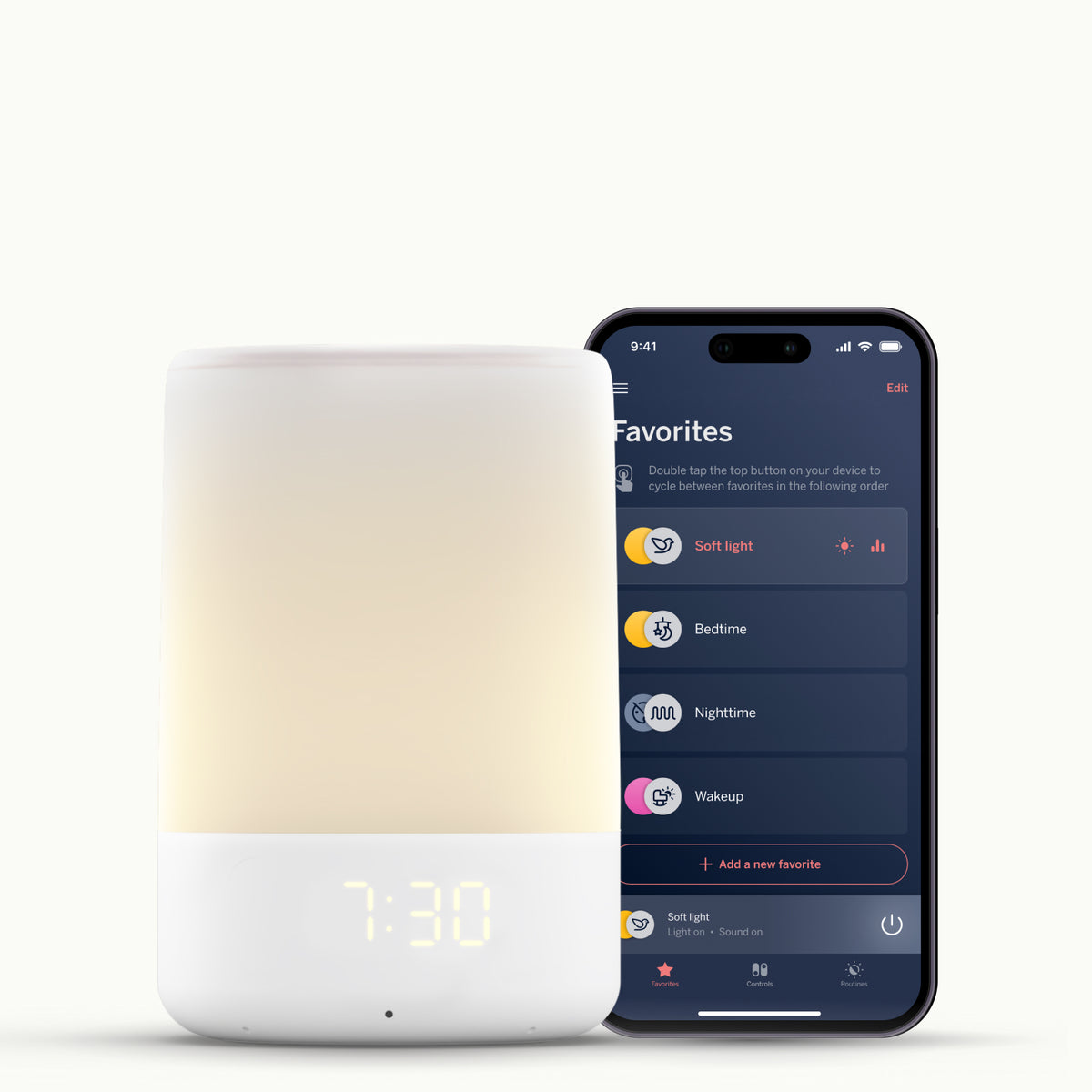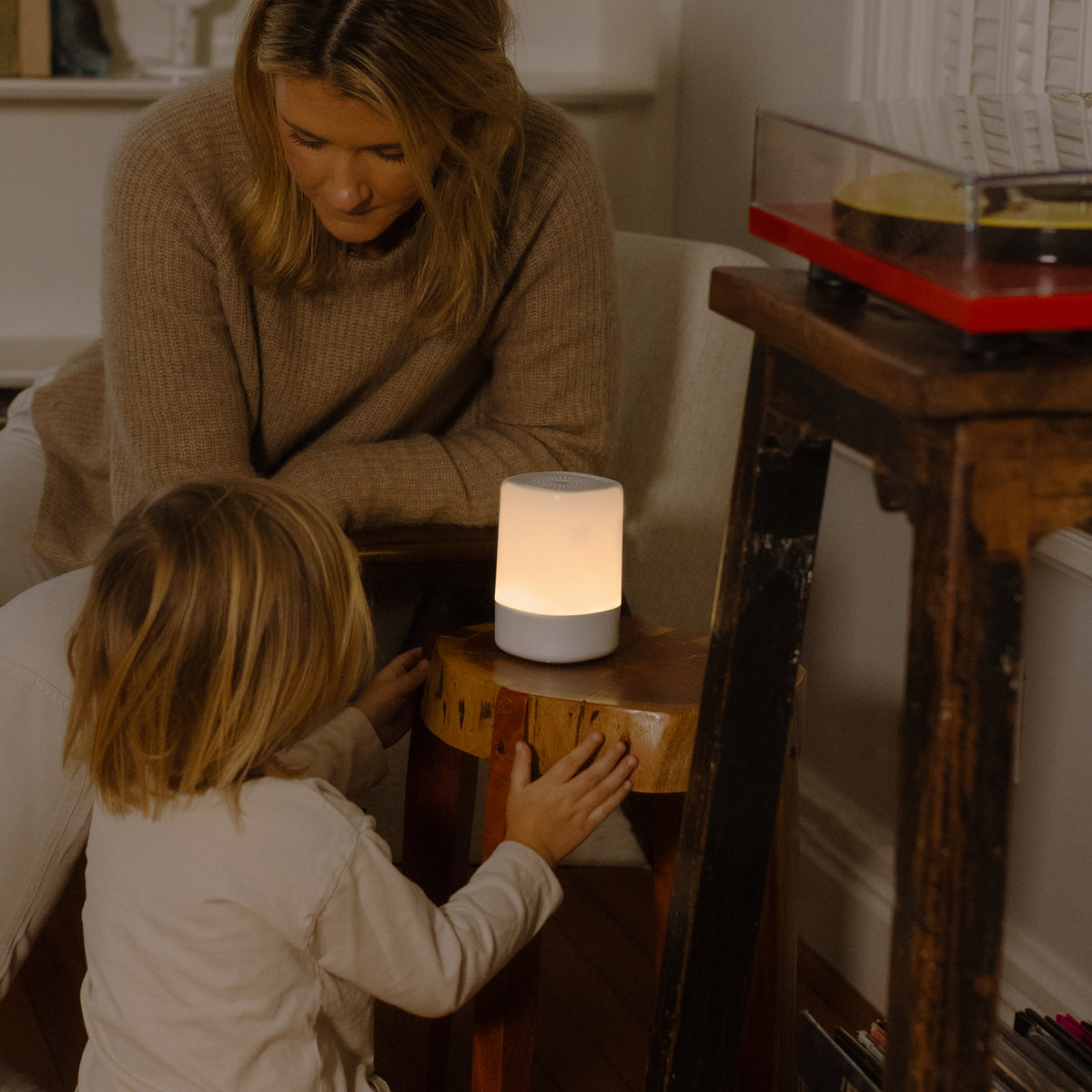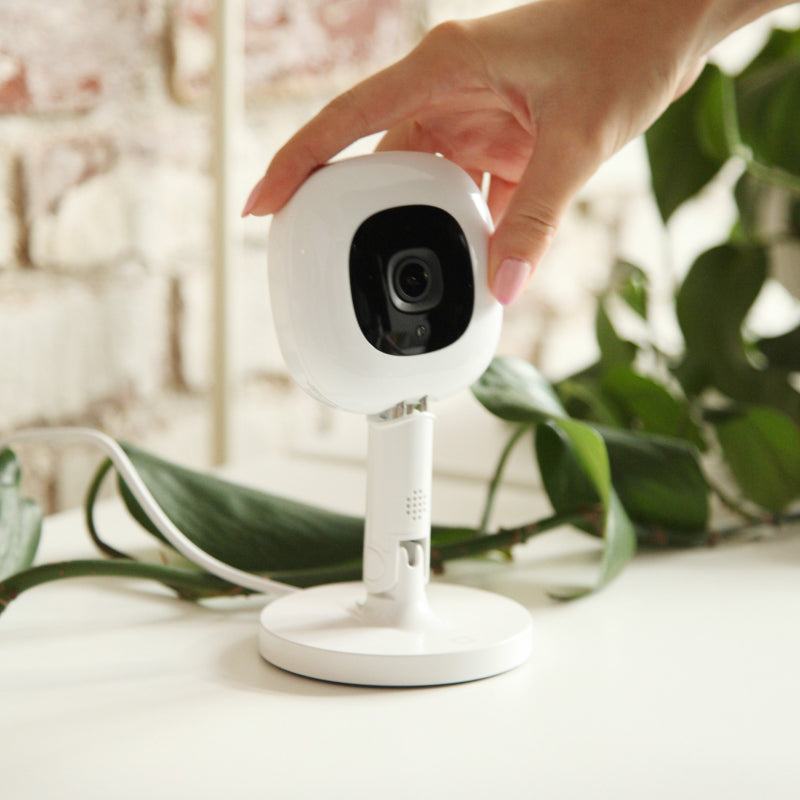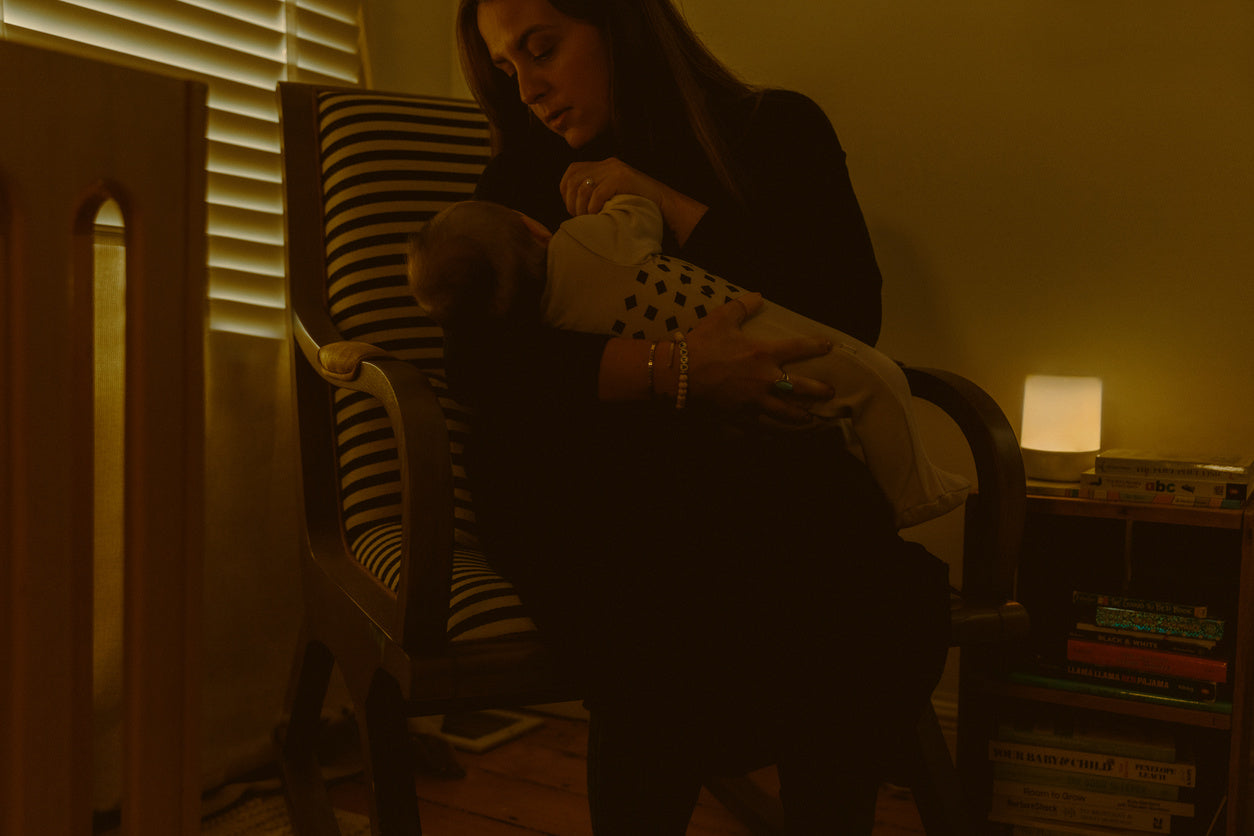Hello, Nanit community. I’m Michelle Tangeman, a mom of two young children, licensed Marriage and Family Therapist and Board Certified Behavior Analyst. With two children under five, I understand first hand the struggles that come up at bedtime. I’ll be sharing some scientifically-backed techniques that can make bedtime routines with your young child or toddler less challenging, thereby enhancing the quality of sleep for the entire family.
According to the American Academy of Sleep Medicine, approximately 25% to 30% of infants and children experience some type of sleep disturbance and 40% of children experience sleep problems at some point during their childhood. And if you have a child with autism spectrum disorder (ASD) or attention deficit hyperactivity disorder (ADHD), those percentages are higher- between (25-80%). Early identification of sleep problems may prevent negative consequences, such as daytime sleepiness, irritability, behavioral problems, and learning difficulties.
Common Sleep-Related Problems for Children
This list excludes medical conditions
- Flat-out refusal to get the bedtime process started
- Distractions such as toys in the bed or other distractions might keep them awake longer
- Waking up in the middle of the night
- Early wakings
- Bedwetting
The four leading causes of sleep problems not related to a medical condition:
Timing
Is your child getting the recommended amount of sleep based on age? Is it possible they are getting too much sleep? Toddlers drop their naps at various ages (as young as 2 and as late as 7). My son attends a preschool program where he is required to take a “rest.’ Of course he falls asleep but that began to disrupt the night time sleep because he was not tired at bedtime. He would refuse to go to bed and wake up at 5am. He is a wild child at bedtime if we don't time bedtime correctly. Particularly for kids in daycare who are required to nap/rest, it might mean starting the bedtime routine a bit later to ensure your little one is tired enough to sleep.
The signals of sleep are not there.
This is when inconsistent routines are implemented before bed or when there are signals that it’s not time to go to bed. The most common example is being awake in front of blue light (televisions, tablets, phones). I like to recommend that parents create a strong routine that includes the removal of blue lights 1 to 2 hours before bedtime, room dimming lights, brushing teeth, jammies, story, and the use of a light and sound machine.
Negative sleep associations
A negative sleep association is anything that is present when the child falls asleep that they need in order to fall asleep but is not there for the entire duration of nighttime sleep. That item or object becomes a signal for sleep. Common examples include toys, pacifiers, bottles, full stomachs, electronics, lights, and caregiver presence. Items such as the Nanit Sound and Light would be considered a positive (not a negative) sleep association as long as it remains on the entire duration of nighttime sleep.
Competing behavior
aka FOMO aka separation anxiety! Young children just want to be around their parents. This strong desire to be with parents can create disruption to the bedtime routine. Other examples include repetitive behaviors in neurodiverse children and playing in their room/bed when it’s not time for sleep.
If you're facing any of the concerns mentioned above, you can attempt the approaches I am about to share. It's crucial to note that there isn't a definitive solution to sleep challenges, and no approach is foolproof. However, scientific evidence supports the effectiveness of the approaches I will mention in minimizing the primary causes of sleep issues in children.
How to minimize causes of sleep issues in children
- The bedtime pass - The bedtime pass is a tool parents can use to help their children establish a routine for going to bed. The idea is to give the child a physical pass or token (like a card or small object) that they can use to request permission to leave their bedroom after bedtime. When a child has a bedtime pass, they know that they are allowed to leave their room once during the night if they need to use the bathroom or get a drink of water, for example. However, once they've used the pass, they can't leave their room again until morning. This helps reinforce the idea that bedtime is for sleeping, not playing or wandering around the house. The bedtime pass can be especially helpful for children who have trouble falling asleep or who frequently get out of bed after bedtime. It can provide them with a sense of control and help them feel more secure at night. (Friman et al., 1999)
- Bedtime fading - Bedtime fading is a sleep intervention where you gradually shift their bedtime later until they're falling asleep more quickly and easily.The idea is to start by going to bed later than they normally would, but not so late that they're unable to fall asleep. Once they're consistently falling asleep quickly at the later time, you can start moving their bedtime earlier in 15-minute increments until they're going to bed at a time that allows them to get enough sleep. Bedtime fading can be helpful for children who have trouble falling asleep at night, as it helps to train your body to associate your bed with sleepiness. By gradually shifting their bedtime later and then earlier, you're helping to regulate their body's internal clock and improving their ability to fall asleep and stay asleep. (Piazza & Fisher, 1991).
- Time-based visits- This technique involves gradually increasing the time between a child's bedtime and the time when their caregiver checks on them. The goal is to help the child develop a sense of self-soothing and gradually become more independent at bedtime. The visits are usually initially frequent, such as every 5-10 minutes, and then gradually spaced out over the course of several nights or weeks. (France & Blampied, 2005; Honacker & Meltzer, 2014).
- Quit-based visits involves gradually reducing the amount of time a caregiver spends with the child at bedtime, w no ith the ultimate goal of the child falling asleep independently. For example, a caregiver may initially spend 30 minutes in the child's room, and then gradually reduce that time over several nights until they are only spending a few minutes before saying goodnight and leaving the room. (France & Blampied, 2005; Honacker & Meltzer, 2014).
- Distance fading is when the caregiver gradually moves further away from the child's bed during the bedtime routine. For example, a caregiver may initially sit right next to the child's bed while they fall asleep, and then gradually move a few feet away over the course of several nights or weeks. The goal is to help the child become more comfortable with falling asleep on their own without relying on the caregiver's presence. (France & Blampied, 2005; Honacker & Meltzer, 2014).
- Bedwetting, also known as nocturnal enuresis, is a common condition in childhood. According to the American Academy of Pediatrics, bedwetting occurs in about 15% of children at age 5, 10% of children at age 7, and 5% of children at age 10. The best approach is to limit fluids two hours before bed but not to restrict fluids completely. Always have them use the bathroom before bed, and consider using an alarm such as WetStop.
All of these techniques are based on the principles of behavioral psychology and aim to gradually help your child towards falling asleep independently or reduce sleep challenges. It's important to note that these techniques may not be appropriate for all children and families, and it's always best to consult with a healthcare provider or sleep specialist before starting any sleep interventions.
To learn more about my work, visit me at thrivingtoddler.com. I also have a podcast, Parenting Understood, where we interview child development researchers on today’s hot parenting topics.
About Michelle:

Michelle is a practicing child and family therapist who has extensive experience in individualized behavior intervention, Functional Behavior Assessments, school-based services, family-focused intervention, early start services, and social skills training. She has also completed training as part of the Postpartum Support International’s Advanced Perinatal Mental Health Psychotherapy Training Program.
When she’s not helping parents and families as a therapist, she’s a mother of two beautiful children. As a parent, she knows how challenging it can be. Combining her personal experience as a parent along with her behavioral health background, she launched her online education company, Thriving Toddler. Through Thriving Toddler courses and free resources, she aims to help as many people as possible become the parents they want to be.

